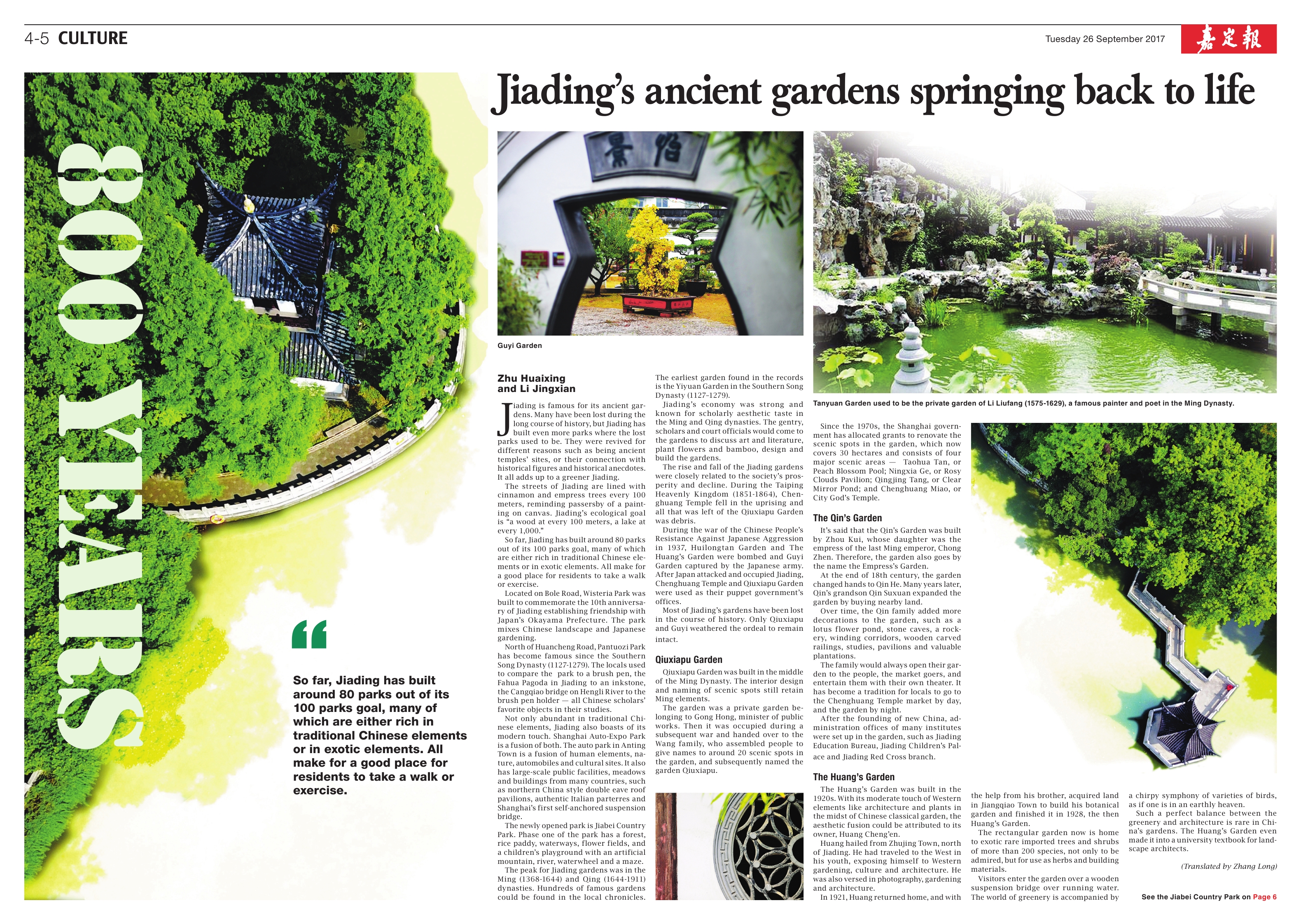

Jiading’s ancient gardens springing back to life
So far, Jiading has built around 80 parks out of its 100 parks goal, many of which are either rich in traditional Chinese elements or in exotic elements. All make for a good place for residents to take a walk or exercise.
Zhu Huaixing and Li Jingxian
Jiading is famous for its ancient gardens. Many have been lost during the long course of history, but Jiading has built even more parks where the lost parks used to be.
They were revived for different reasons such as being ancient temples’ sites, or their connection with historical figures and historical anecdotes. It all adds up to a greener Jiading.
The streets of Jiading are lined with cinnamon and empress trees every 100 meters, reminding passersby of a painting on canvas. Jiading’s ecological goal is “a wood at every 100 meters, a lake at every 1,000.”
So far, Jiading has built around 80 parks out of its 100 parks goal, many of which are either rich in traditional Chinese elements or in exotic elements. All make for a good place for residents to take a walk or exercise.
Located on Bole Road, Wisteria Park was built to commemorate the 10th anniversary of Jiading establishing friendship with Japan’s Okayama Prefecture. The park mixes Chinese landscape and Japanese gardening.
North of Huancheng Road, Pantuozi Park has become famous since the Southern Song Dynasty (1127-1279). The locals used to compare the park to a brush pen, the Fahua Pagoda in Jiading to an inkstone, the Cangqiao bridge on Hengli River to the brush pen holder — all Chinese scholars’ favorite objects in their studies.
Not only abundant in traditional Chinese elements, Jiading also boasts of its modern touch. Shanghai Auto-Expo Park is a fusion of both. The auto park in Anting Town is a fusion of human elements, nature, automobiles and cultural sites. It also has large-scale public facilities, meadows and buildings from many countries, such as northern China style double eave roof pavilions, authentic Italian parterres and Shanghai’s first self-anchored suspension bridge.
The newly opened park is Jiabei Country Park. Phase one of the park has a forest, rice paddy, waterways, flower fields, and a children’s playground with an artificial mountain, river, waterwheel and a maze.
The peak for Jiading gardens was in the Ming (1368-1644) and Qing (1644-1911) dynasties. Hundreds of famous gardens could be found in the local chronicles. The earliest garden found in the records is the Yiyuan Garden in the Southern Song Dynasty (1127–1279).
Jiading’s economy was strong and known for scholarly aesthetic taste in the Ming and Qing dynasties. The gentry, scholars and court officials would come to the gardens to discuss art and literature, plant flowers and bamboo, design and build the gardens.
The rise and fall of the Jiading gardens were closely related to the society’s prosperity and decline. During the Taiping Heavenly Kingdom (1851-1864), Chenghuang Temple fell in the uprising and all that was left of the Qiuxiapu Garden was debris.
During the war of the Chinese People’s Resistance Against Japanese Aggression in 1937, Huilongtan Garden and The Huang’s Garden were bombed and Guyi Garden captured by the Japanese army. After Japan attacked and occupied Jiading, Chenghuang Temple and Qiuxiapu Garden were used as their puppet government’s offices.
Most of Jiading’s gardens have been lost in the course of history. Only Qiuxiapu and Guyi weathered the ordeal to remain intact.
Qiuxiapu Garden
Qiuxiapu Garden was built in the middle of the Ming Dynasty. The interior design and naming of scenic spots still retain Ming elements.
The garden was a private garden belonging to Gong Hong, minister of public works. Then it was occupied during a subsequent war and handed over to the Wang family, who assembled people to give names to around 20 scenic spots in the garden, and subsequently named the garden Qiuxiapu.
Since the 1970s, the Shanghai government has allocated grants to renovate the scenic spots in the garden, which now covers 30 hectares and consists of four major scenic areas — Taohua Tan, or Peach Blossom Pool; Ningxia Ge, or Rosy Clouds Pavilion; Qingjing Tang, or Clear Mirror Pond; and Chenghuang Miao, or City God’s Temple.
The Qin’s Garden
It’s said that the Qin’s Garden was built by Zhou Kui, whose daughter was the empress of the last Ming emperor, Chong Zhen. Therefore, the garden also goes by the name the Empress’s Garden.
At the end of 18th century, the garden changed hands to Qin He. Many years later, Qin’s grandson Qin Suxuan expanded the garden by buying nearby land.
Over time, the Qin family added more decorations to the garden, such as a lotus flower pond, stone caves, a rockery, winding corridors, wooden carved railings, studies, pavilions and valuable plantations.
The family would always open their garden to the people, the market goers, and entertain them with their own theater. It has become a tradition for locals to go to the Chenghuang Temple market by day, and the garden by night.
After the founding of new China, administration offices of many institutes were set up in the garden, such as Jiading Education Bureau, Jiading Children’s Palace and Jiading Red Cross branch.
The Huang’s Garden
The Huang’s Garden was built in the 1920s. With its moderate touch of Western elements like architecture and plants in the midst of Chinese classical garden, the aesthetic fusion could be attributed to its owner, Huang Cheng’en.
Huang hailed from Zhujing Town, north of Jiading. He had traveled to the West in his youth, exposing himself to Western gardening, culture and architecture. He was also versed in photography, gardening and architecture.
In 1921, Huang returned home, and with the help from his brother, acquired land in Jiangqiao Town to build his botanical garden and finished it in 1928, the then Huang’s Garden.
The rectangular garden now is home to exotic rare imported trees and shrubs of more than 200 species, not only to be admired, but for use as herbs and building materials.
Visitors enter the garden over a wooden suspension bridge over running water. The world of greenery is accompanied by a chirpy symphony of varieties of birds, as if one is in an earthly heaven.
Such a perfect balance between the greenery and architecture is rare in China’s gardens. The Huang’s Garden even made it into a university textbook for landscape architects.
(Translated by Zhang Long)
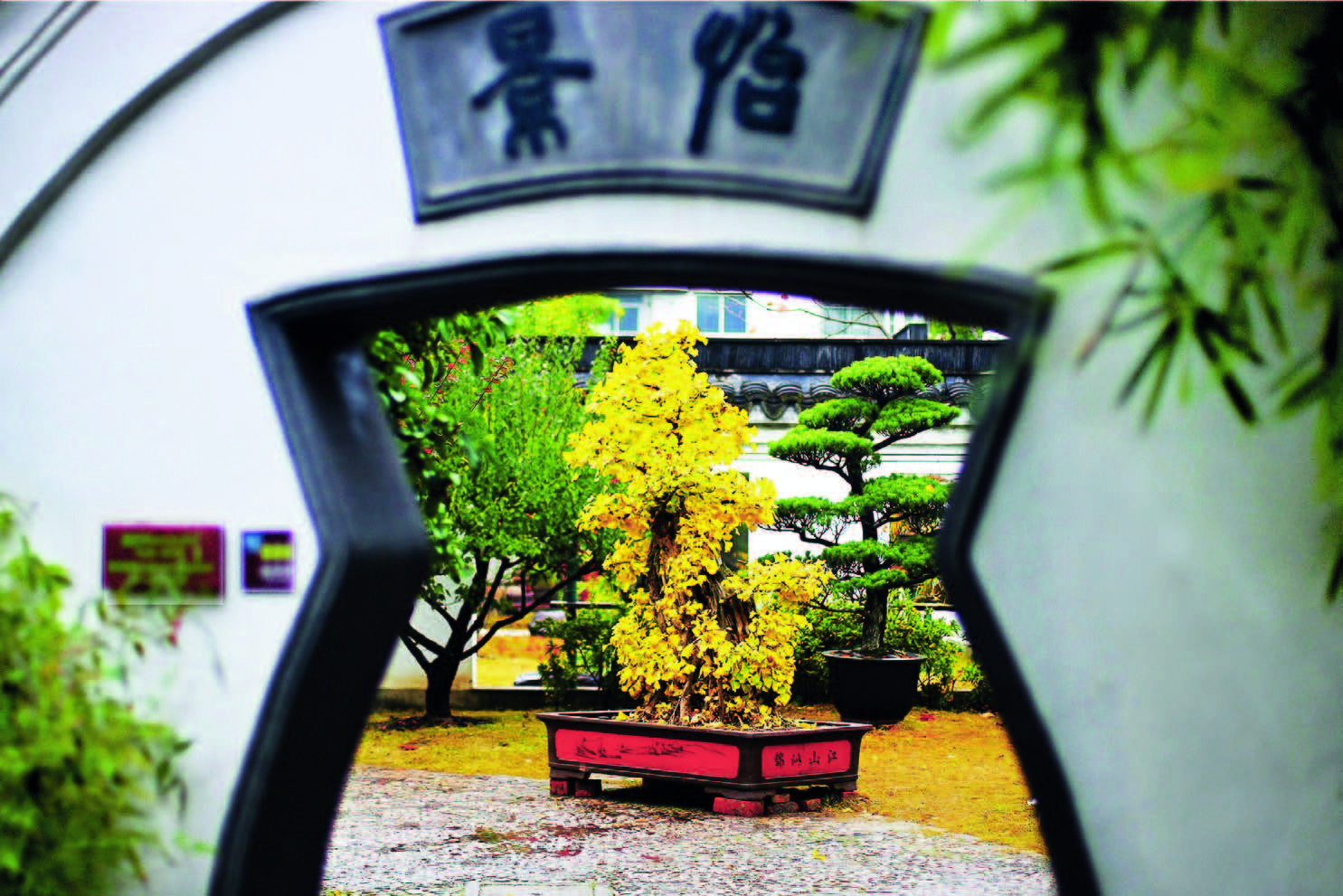
Guyi Garden
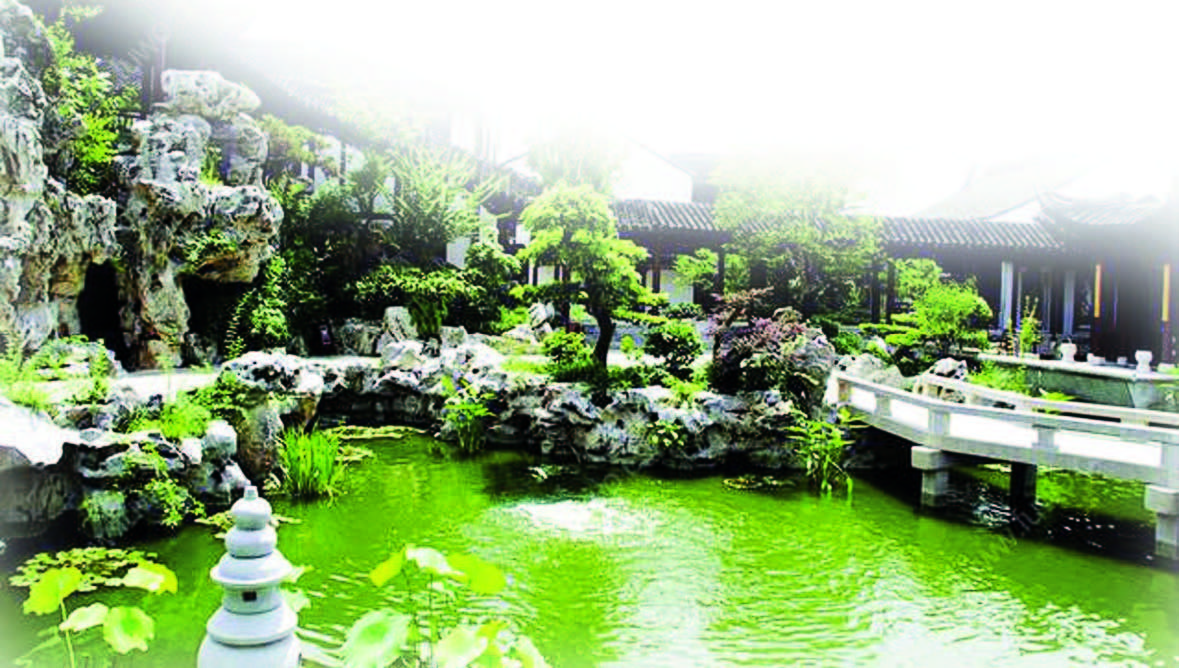
Tanyuan Garden used to be the private garden of Li Liufang (1575-1629), a famous painter and poet in the Ming Dynasty.
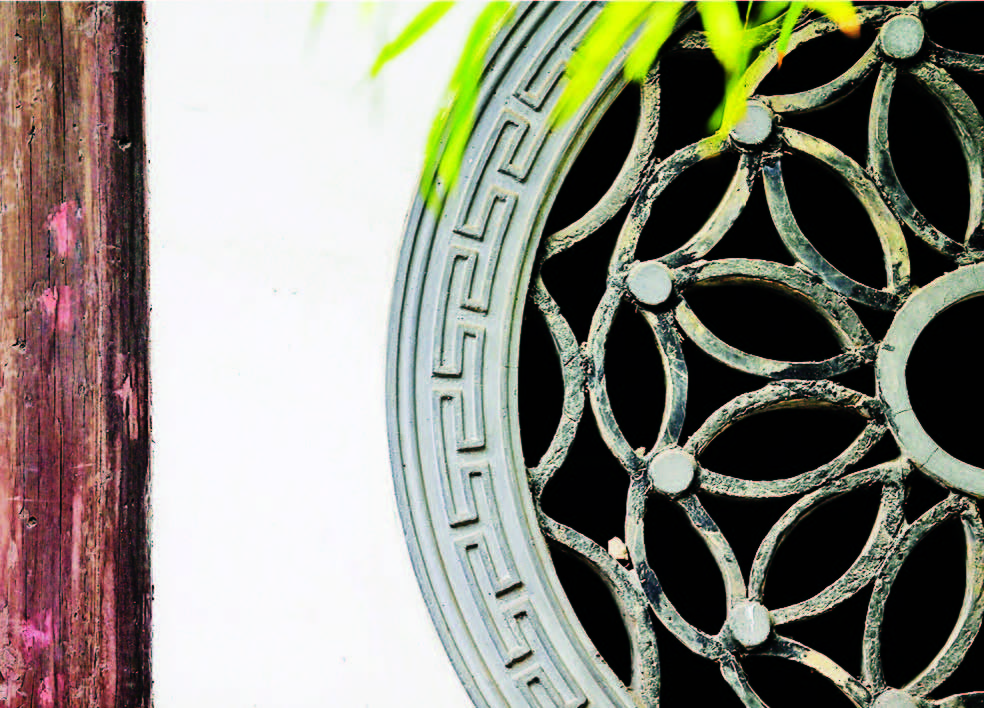
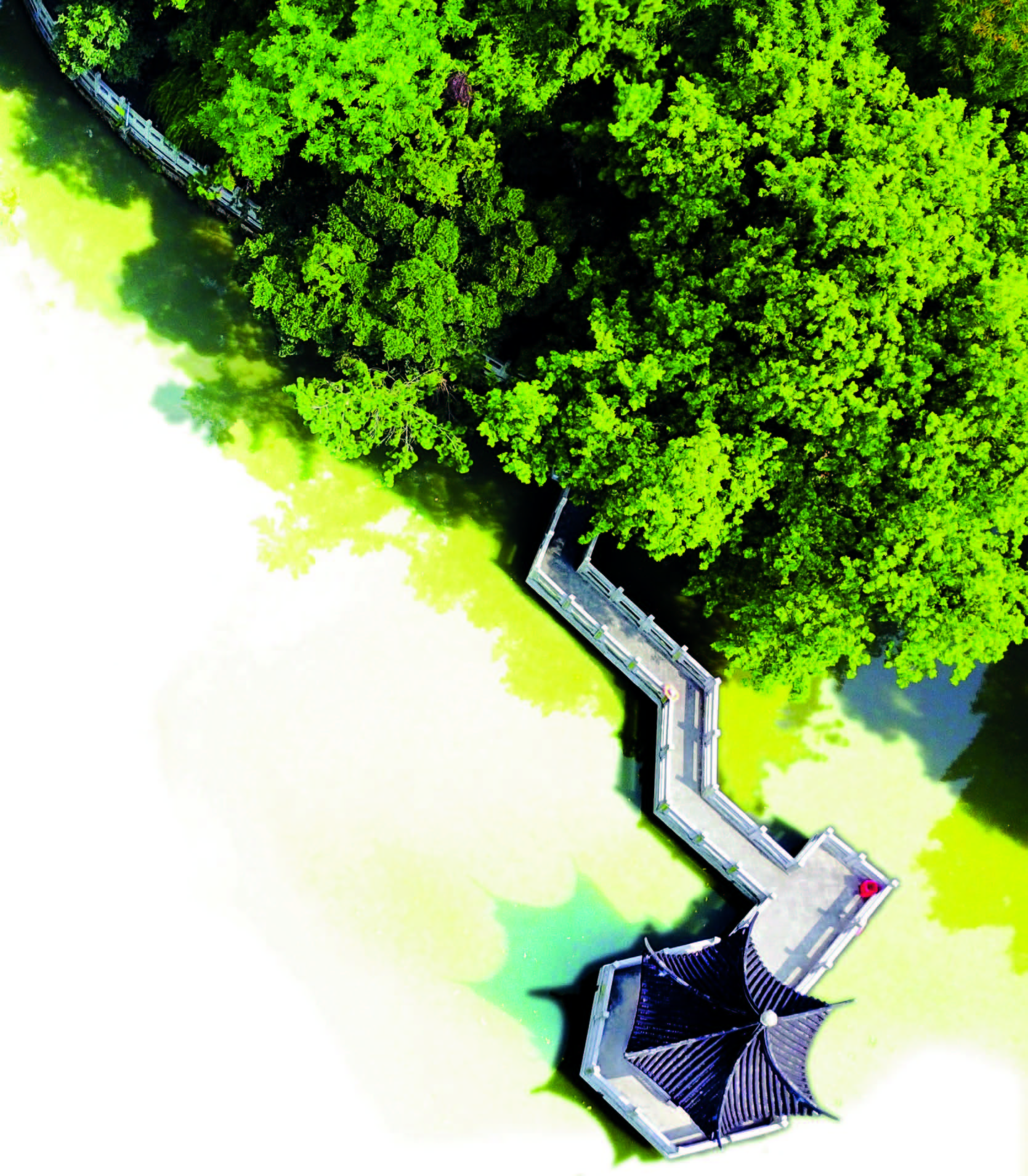
江苏路特数字科技有限公司 仅提供技术服务支持, 文字、图片、视频版权归属发布媒体


